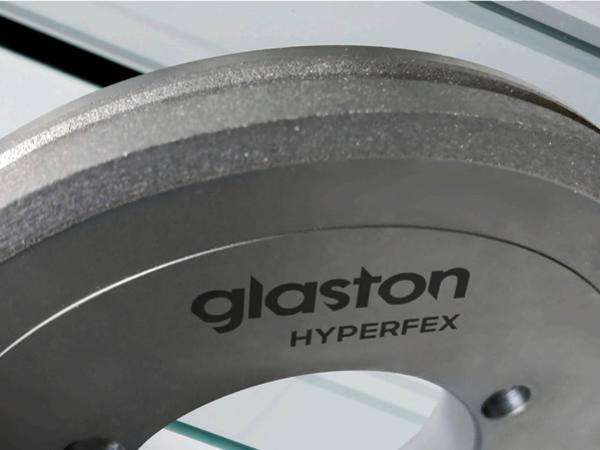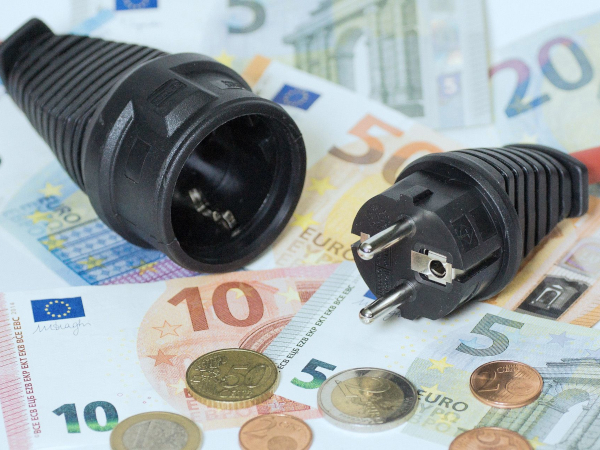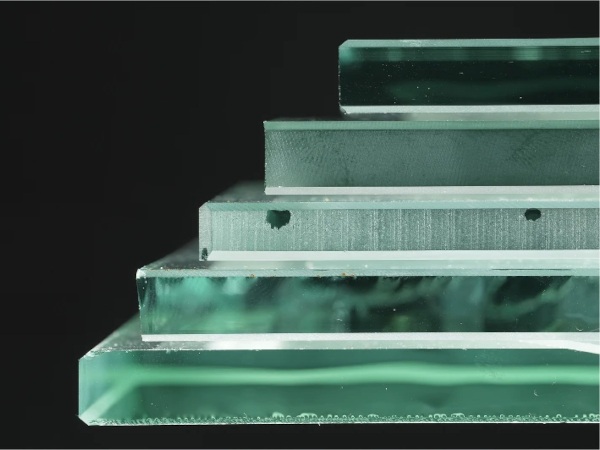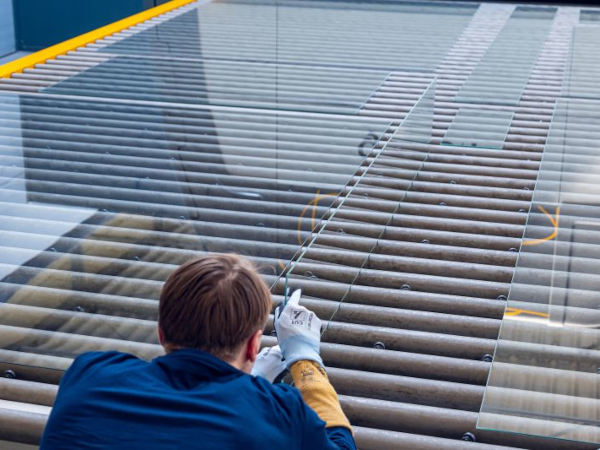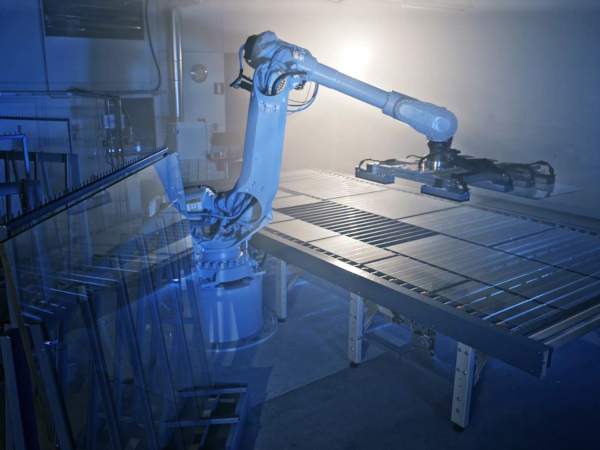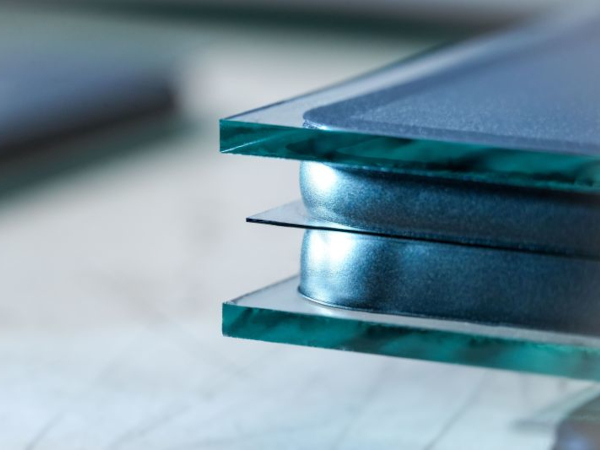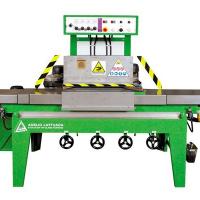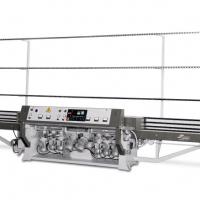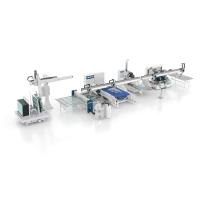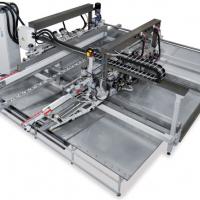Picture yourself ordering a new set of tires. What would go through your mind? What are the weather conditions in which you’ll be driving? Are you buying tires for performance racing or city cruising? Do you need the tires for your car, your truck or your motorcycle? The answers will ultimately determine the type of tires you need. The same questions go through the minds of those ordering grinding wheels for glass processing.
The grinding wheel is basically a metal disc with diamonds in it. But there are many parameters that can be tweaked. These include the metal composition, diamond quantity and size, their surface treatment, wheel porosity. The list goes on and on.
There is no such thing as a one-size-fits-all grinding wheel.
Each process needs specific configurations. And every grinding wheel has to meet the requirements of its application to deliver the results expected. Moreover, every glass processor has different priorities. Some need high quality from the grinding. Some aim to reach the best possible surface appearance or the ultimate precision. Others care more about fast running times, and quality is not as vital to the end product.
For instance, windshields are large glass pieces. Therefore, windshield processors aim to reach high grinding speeds to reduce the production cycle times.
A holistic approach for the perfect grinding result
A grinding wheel alone is not what glass processors need in general.
Just like the tires in the example above, grinding wheels do not work alone. Tires are part of the bigger vehicle – be it a car, a truck or a motorcycle. Grinding wheels, too, need to work smoothly as a part of a larger glass processing machinery puzzle – just one of the many factors interacting with each other.
Therefore, a holistic approach is needed to help processors reach their ideal grinding performance – a solution beyond just grinding wheels sold.
This approach focuses on the overall process – from A to Z. It starts from the glass itself – its thickness and size. Then, how do you cut it? How do you break it? What is the grinding allowance? What is the cooling process? What are the accelerations and speed?
It’s only when these questions are answered and everything else in the process works in harmony that the glass processor can achieve a perfect grinding result. This also means that the suppliers’ support extends beyond just selling the wheels.
Knowing glass processing machines and the evolving glass business inside out, Glaston, along with partners, developed its own glass grinding solution – Glaston HYPERFEX.
Uncovering data behind the grinding wheels
The latest-generation grinding wheels can offer more than just abrasive power.
For instance, HYPERFEX wheels are equipped with cutting-edge communication systems that gather real-time data during operation. In fact, these are the only wheels that have a control system linked to them.
How it works?
Every HYPERFEX grinding wheel has a QR code. When scanned, the code provides all the basic information on the wheel, including its nominal diameter, the number of grooves, the groove position and more. These data points offer valuable insight into grinding performance and wear.
Some glass processors use dozens of wheels. So, when they take the wheel off the shelf, they can just scan it and get all the data available. This really helps in anticipating maintenance needs, optimizing grinding parameters or identifying whether the wheels could be the root cause of any process issues.
For example, the control system can show that a particular wheel was running for 2,000 meters, groove #2 is completely worn out, and groove #3 is unused.
Untapped savings potential in grinding wheel operations
Many glass processors operate under the assumption that their current process works just fine. If so, why bother with change? They might even come up with a convenient routine, saying, “We run 1,500 glasses, then change the wheel.” But is it practical?
As most glass processors have no real statistics on their grinding wheel consumption, they do not know they have a problem. For them, it’s just an obscure budgetary item. But how much are they truly spending? Could it be their overlooked savings opportunity? Without data-driven insights, glass processors are overpaying more often than not.
However, informed decision-making can indeed help glass processors save time and money. For instance, HYPERFEX can provide savings of up to 30% on grinding wheel expenses. If a company is currently spending EUR 500,000 per year on grinding wheels, adopting HYPERFEX wheels could mean an additional EUR 150,000 of cash into glass processors’ pockets.
Besides, the correctly selected wheel reduces reclamations, rejects and downtime. It can speed up cycle times or even lengthen the time needed to buy replacement wheels. All of this translates into savings.
A tailored solution to glass grinding
From years of close onsite collaboration with customers around the world, Glaston has realized that one-size-fits-all grinding wheels are simply not the solution. They are insufficient to address the diverse needs of glass processors.
The grinding wheel itself is just one component within the larger process. Therefore, an in-depth understanding of the glass-processing business and the continuous backing of the process support engineers are just as important. With a wide variety of tools available for this purpose, including spare parts and upgrades, efficiency becomes ongoing and comprehensive.
Then, this becomes an overall holistic approach – a solution.

